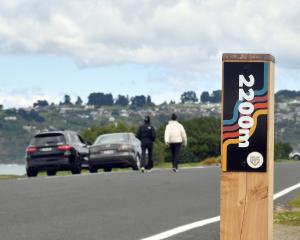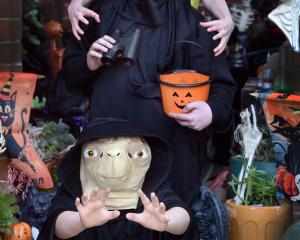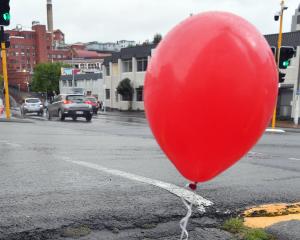Department of marketing researcher Dr Ninya Maubach is partway through a study where she used cutting-edge eye-tracking glasses, made by Swedish firm Tobii, to track where people look as they carry out a routine shop.
While it was too early for her to reach any conclusions, Dr Maubach said it was clear supermarkets and brands carefully ''trained'' shoppers in an effort to get them to buy certain products, which were often unhealthy.
''The industry uses research to find out what our natural predispositions are, then they also work out ways to train us how to behave in certain ways in stores, too.''
As part of the study, Dr Maubach kitted out 48 Wellington shoppers with eye-tracking glasses, which filmed where they were looking and captured where their pupils were moving as they did a ''routine shop''.
The technology had been used widely by the food industry, but decision-making in supermarkets remained a ''mystery'' for people working in public policy.
Her research was aimed at finding ways to make it easier for people to make healthy choices.
''What we know is that people are concerned about their health and they are concerned about choosing foods that are nutritious, but they don't undertake an intensive information search in-store.''
She believed a ''traffic light system'' was the best way to do that, but instead New Zealand had opted for a voluntary star rating.
Both Countdown and Foodstuffs, which owns the Pak'n Save and New World brands, disputed using store layout to entice people to buy unhealthy foods.
''Foodstuffs does not utilise our store layout to encourage customers to buy unhealthy products,'' Foodstuffs corporate PR director Antoinette Shallue said.
''Our store layouts are based on the fresh food offered, particularly produce at the start, and around the perimeter is a selection of fresh foods such as seafood, deli, and bakery.''
A Countdown spokeswoman said its stores were laid out so ''people can get what they need and our stores are easy to navigate''.
''In the vast majority of our stores, the produce section is the first department our customers will see,'' the spokeswoman said.
Foodstuffs had introduced the health star rating on its Pams and Budget products and Countdown had committed to introducing them on its ''own brand'' products, which included the Signature Range.












